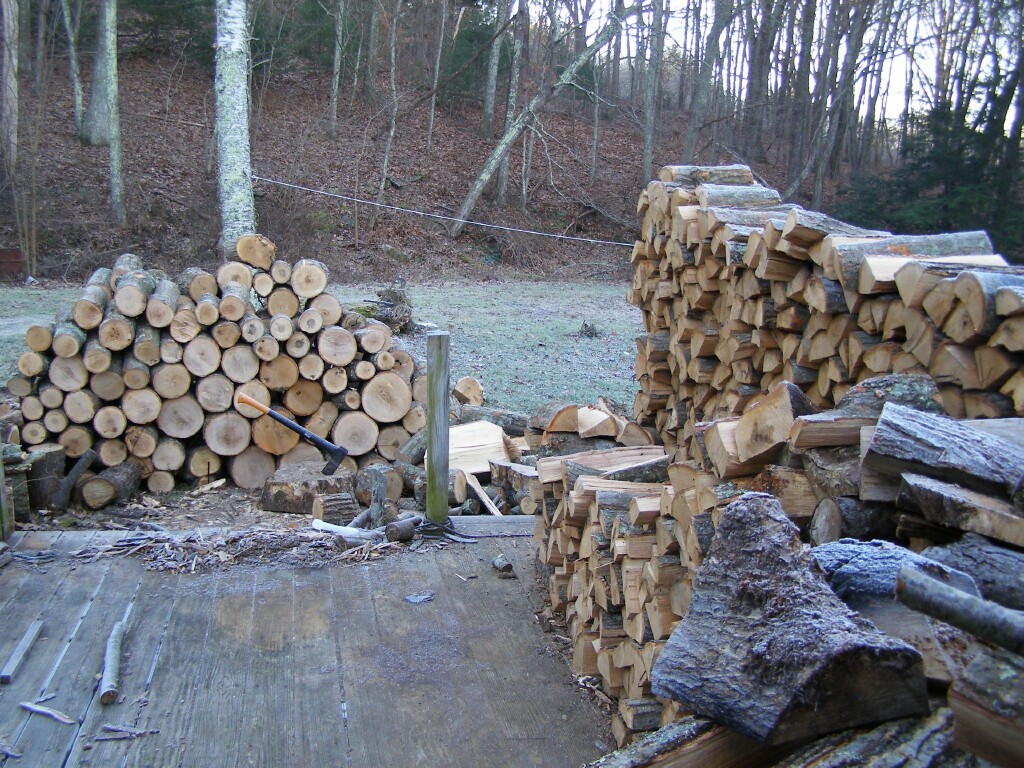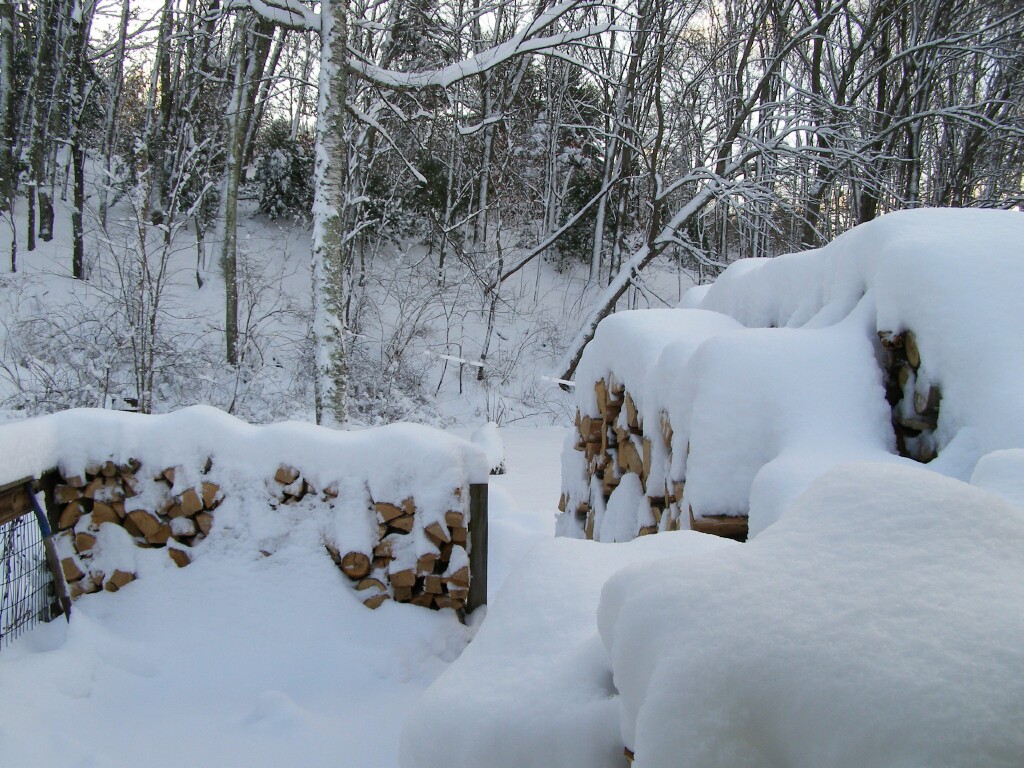Jakers
Owner - Arbor Jake's Tree Service, LLC
OK - this is probably a flaming newbie type question, but how come all the wood I leave outside to season turns dark so quickly, and all you guys have stacks of such clean, pretty wood? Maple, oak, polar, ash, box elder, lilac, etc. - does not seem to matter what species.
Mold? Mildew? Acid rain? UV rays? Diesel exhaust? Ant poop? Fluoride in the city water? . . . .
It still burns and heats the stove, but I would have trouble selling it if I was in that business.
Just curious.
Thanks.
Philbert
i never stack my wood. just throw it in a pile. the outside pieces do fade but after i move a few the inside ones are as purdy as the day theys split. all are well seasoned and burn fine for me








